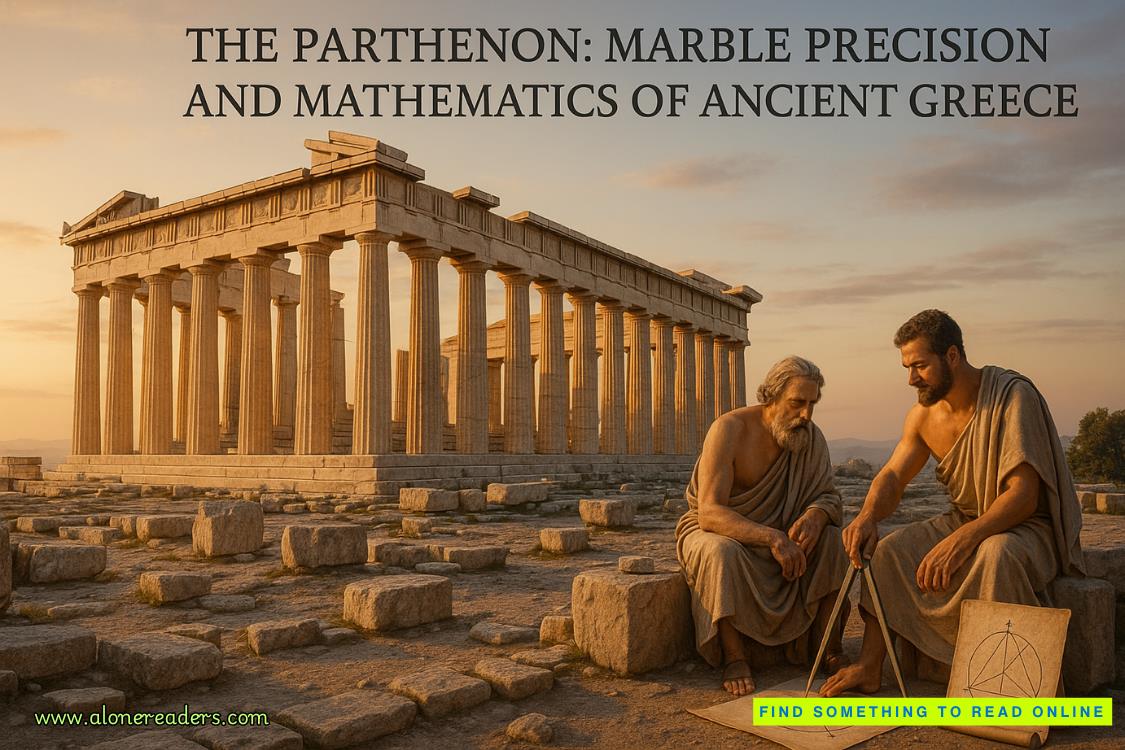Page 1 of Final Justice (Badge of Honor 8)
ONE
It was Sunday night, and at quarter after eleven the Roy Rogers restaurant at South Broad and Snyder Streets in South Philadelphia was just about full.
Amal al Zaid, who was five feet seven inches tall and weighed 145 pounds, and who had spent sixteen of his twenty-one years as Dwayne Alexander Finston before converting to Islam, was mopping a spill from the floor just outside the kitchen door when he glanced at the clock mounted high on the wall near the front entrance to the restaurant.
The first thing he thought was that he had forty-five minutes to go on his shift, and then he would be free to ride his bicycle home to the apartment he shared with his mother, two brothers, and a sister in the Tasker Homes Project a few blocks away, grab a quick shower, and then go by the mosque to see what was happening.
The second thing he thought was, Those two is bad news.
Amal al Zaid had seen two young men enter the restaurant. Both were in their early twenties. One was of average height and build, and the other short and overweight. Both of them stopped, one at a time, just inside the door, and looked around the restaurant, and then at each other, and then nodded.
The average-looking one slid into a banquette near the door. The sort-of-fat one, who had something wrapped in a newspaper sticking out of his jacket pocket, walked all the way through the restaurant toward where Amal al Zaid was mopping the floor by the kitchen door. Amal al Zaid then pushed the right door to the kitchen open, and held it open while he pushed his mop bucket on wheels through it.
After a moment, Amal al Zaid peered carefully through the small window in the kitchen door. He saw that the short fat guy had taken a seat in the last banquette on the left, with his back to the kitchen wall. And he saw the short fat guy pull whatever he had wrapped in newspaper from his pocket, and lay it on the banquette seat. And then Amal al Zaid saw what it was: a short-barreled revolver.
“Holy shit,” Zaid said, barely audibly, and turned and looked around the kitchen.
The kitchen supervisor, Maria Manuela Fernandez, a thirty-five-year-old in immaculate kitchen whites, who carried 144 pounds on her five-foot-three frame, was a few steps away, examining the latest serving trays to come out of the dishwasher.
Zaid went to her, touched her arm, and when she turned to him, said, “Manuela, I think we’re getting stuck up.”
Mrs. Fernandez’s eyebrows rose.
“There’s a fat guy with a gun in the last booth,” Zaid said, pointing at the wall, “and there’s another guy-they came in together-in the first booth on the right by the front door.”
Mrs. Fernandez walked quickly and looked through the window in the door, then went to a wall-mounted telephone near the door and dialed 911.
Mrs. Fernandez’s call was answered on the second ring by Miss Eloise T. Regis in the radio room of the Philadelphia police department, on the second floor of the Police Administration Building at Eighth and Race Streets in downtown Philadelphia.
The Police Administration Building is universally known in Philadelphia as “The Roundhouse,” because the building has virtually no straight walls-exterior or interior-or corridors. Even the interiors of the elevators are curved.
Within the radio room are rows of civilian employees who, under the supervision of a few sworn police officers, sit at telephone and radio consoles receiving calls from the public and from police vehicles on the job, and relaying official orders to police vehicles.
There are twenty-two police districts in Philadelphia, and six divisions of detectives. There is also the Special Operations Division, which includes the Highway Patrol-despite its name, far more of an elite force than one concerned with highway traffic-and the Special Investigations Unit.
The Traffic and Accident Divisions actually have the primary responsibility for the public’s safety on the highways and streets of Philadelphia. Their tools include a fleet of radio-equipped tow trucks and other special vehicles. The Juvenile Division is charged with dealing with crimes committed against-or by-juveniles.
Additionally, there are special-purpose units, such as the K-9 Unit, the Marine Unit, the Airport Unit, and the Vice, Narcotics, Organized Crime, and Dignitary Protection Units-and others.
Each district, division, and special unit has its own complement of radio-equipped police vehicles of all sorts.
And on top of this, of course, is the communications network necessary to maintain round-the-clock instantaneous contact with the vehicles of the senior command hierarchy of the police department, the commissioner and his staff, the deputy commissioners and their staffs, the chief inspectors and their staffs, and a plethora of other senior police officers.
With hundreds of police and support vehicles on the job at any one time, it was necessary to develop, both by careful planning and by trial and error, a system permitting instant contact with the right vehicle at the right time.
The police commissioner-or the commanding officer of the Marine Unit-is not really interested in learning instantly about every automobile accident in Philadelphia, nor is a request from the Airport Police for a paddy wagon to haul off three drunks from their bailiwick of much interest to a detective investigating a burglary in Chestnut Hill.
Philadelphia is broken down, for police department purposes, into eight geographical divisions and the Park Division. Each division is headed by an inspector, and contains from two to four districts, each commanded by a captain. Generally, each division has its own radio frequency, but in some divisions, really busy districts-the Twenty-fifth District in the East Division, for example-have their own separate frequencies. Detectives’ cars and those assigned to other investigative units (Narcotics, Intelligence, Organized Crime, et cetera) have radios operating on the “H-Band.” All police car radios can be switched to an all-purpose emergency and utility frequency called the “J-Band.” Special Operations Division has its own, the "S-Band.”















